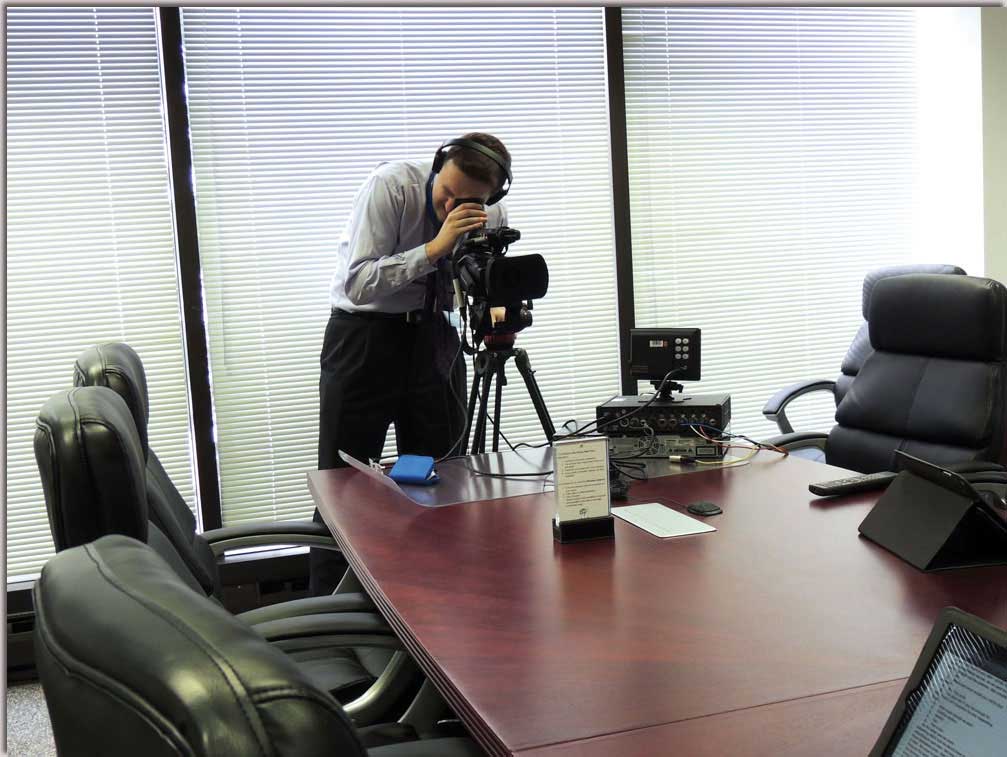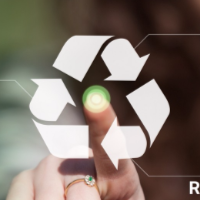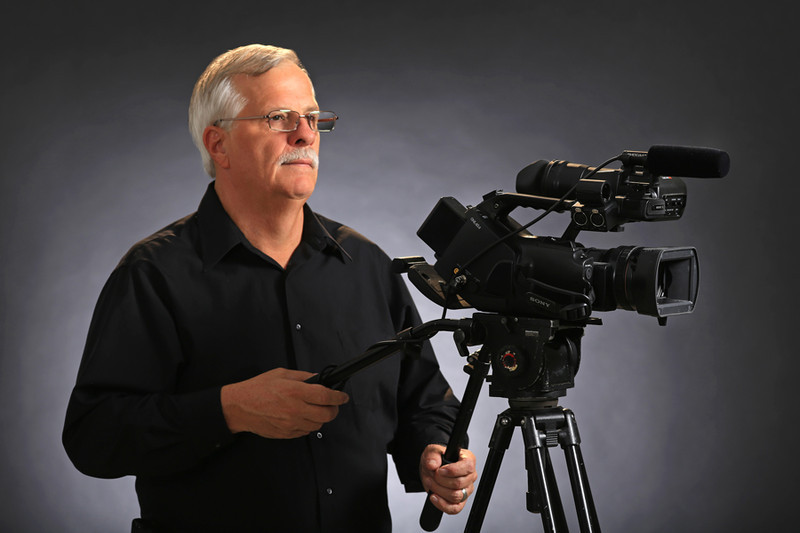The Role of Legal Videography in Preserving Legal Evidence
Top Benefits of Making Use Of Lawful Videography for Depositions and Tests
The combination of legal videography into depositions and tests offers a range of engaging benefits that can significantly affect the efficiency of lawful proceedings. By catching witness testaments in a vibrant format, legal videography not only improves the discussion of proof yet also reinforces witness reputation through the preservation of both verbal and non-verbal signs. The psychological vibration of video clip can develop an extra extensive link with jurors, inevitably affecting their perceptions. As we explore these benefits further, the implications for legal strategy and courtroom dynamics come to be significantly noticeable.
Boosted Proof Presentation


In the realm of lawful proceedings, the usage of video recordings has changed the way proof exists in court. Legal videography gives a dynamic and appealing tool for showcasing vital proof, making complex info more easily accessible to judges, juries, and other stakeholders. Unlike typical written transcripts, video recordings capture not just the spoken words, yet also the nuances of body movement, tone, and demeanor, which can dramatically influence the analysis of testimonies and declarations.
Moreover, video clip proof allows for an extra compelling narrative discussion. With visual narration, lawyers can properly highlight vital aspects of a situation, assisting the target market's interest to turning points. This boosted discussion can facilitate a much deeper understanding of the context and ramifications of the proof being discussed.
Furthermore, the ability to existing evidence in a multimedia layout can enhance the trial process, minimizing the moment required to convey details contrasted to extensive spoken explanations or reading from records. Overall, legal videography plays a critical function in improving proof presentation, making sure that the details is both impactful and comprehensible, ultimately aiding in the pursuit of justice.

Enhanced Witness Credibility
The usage of lawful videography considerably enhances the integrity of witnesses during trial proceedings. By giving a graph of a witness's testimony, lawful videography permits jurors and judges to regard the witness's behavior, confidence, and credibility. This multi-dimensional presentation can significantly affect exactly how the details is gotten, commonly resulting in a more positive impression of the witness.
Moreover, the videotaped video clip records non-verbal signs, such as body movement and faces, which can be important in sharing reliability or psychological depth. A witness who appears made up and honest is more most likely to be viewed as trustworthy than one that is just heard through audio. Legal videography likewise removes the possibility for misconception that can accompany composed transcripts, as the visual layout supplies context that supports the talked word.
Additionally, the permanence of video clip proof strengthens the witness's account, making it more tough for opposing events to test the testimony's integrity. By incorporating legal videography into depositions and trials, lawyers can significantly boost the regarded honesty of their witnesses, eventually enhancing the overall efficiency of their instance.
Accurate Deposition Records
Exact deposition documents play an essential function in legal proceedings, offering as important proof that shows the reliability and dependability of witness statements. This accuracy is essential when developing the realities of a case, as it allows attorneys to reference exact phrases or assertions made by witnesses, official website decreasing the risk of misconception.
Furthermore, legal videography enhances the precision of deposition records by capturing the visual and acoustic components of the testament. This consists of body movement, intonation, and facial expressions, which can provide added context to the spoken words. Such comprehensive documents make it possible for lawyers to craft even more compelling debates, as they can conveniently validate claims with straight evidence.
Additionally, precise deposition documents can streamline the test process, lessening disputes over what was stated and enabling a much more efficient presentation of evidence. Eventually, the mix of written transcripts and video clip recordings promotes a more clear understanding of witness testaments, considerably influencing the case's result.
Emotional Effect on Jurors
Jurors frequently discover themselves affected by the emotional weight of the statements they witness during a trial. The visual and acoustic components of lawful videography improve this psychological resonance, enabling jurors to perceive the subtleties of witness expressions, tone, and body movement. These factors play an important role in shaping jurors' perceptions of integrity and integrity.
When jurors see a witness recounting a traumatic experience, the emotional gravity captured on video clip usually elicits empathy and interaction. This can be especially impactful in instances where the human aspect is main, such as injury or household legislation matters. The capability to get in touch with a witness's feelings cultivates a much deeper understanding of the situation, making jurors more probable to relate to the story being offered.
In addition, video clip testaments can share a sense of credibility that may be lost in composed transcripts or audio recordings. Jurors are not only soaking up information; they are also experiencing the tale, which can substantially influence their considerations. This way, lawful videography acts as an effective device to evoke emotions, inevitably guiding jurors towards an extra educated and compassionate judgment.
Cost-efficient Litigation Device
Lawful videography not just enhances the psychological impact of witness testimonies but likewise serves as a cost-effective lawsuits device. By offering an aesthetic record of depositions and testaments, lawful videography can substantially reduce the costs related to standard test preparation and presentation.
First, it reduces the demand for extensive witness travel and holiday accommodations. As opposed to bringing multiple witnesses to court, their tape-recorded depositions can be played throughout the trial. legal videography. This not just minimizes traveling costs but likewise permits for an extra structured discussion, as lawyers can concentrate on one of the most relevant statements
Furthermore, legal videography can limit the amount of time spent in trial. By properly presenting witness accounts and evidence, attorneys find more info can expedite procedures, which equates to decrease lawyer fees and minimized courtroom costs. The quality and authenticity of video clip recordings usually lead check out here to quicker jury choices, possibly shortening the test duration.
In an age where budgets are significantly looked at, making use of lawful videography can deliver considerable financial savings while boosting the general quality of an instance presentation. Its double benefits of cost-effectiveness and boosted interaction make it an indispensable tool in modern-day lawsuits.
Conclusion
In summary, legal videography significantly enhances the performance of depositions and trials. Its ability to present proof thoroughly, improve witness reliability, and provide exact records adds to a more transparent lawful procedure. The psychological vibration of video recordings involves jurors, cultivating a deeper link to the situation narrative. In addition, the economical nature of legal videography streamlines litigation, eventually supporting the quest of justice in an extra reliable fashion.